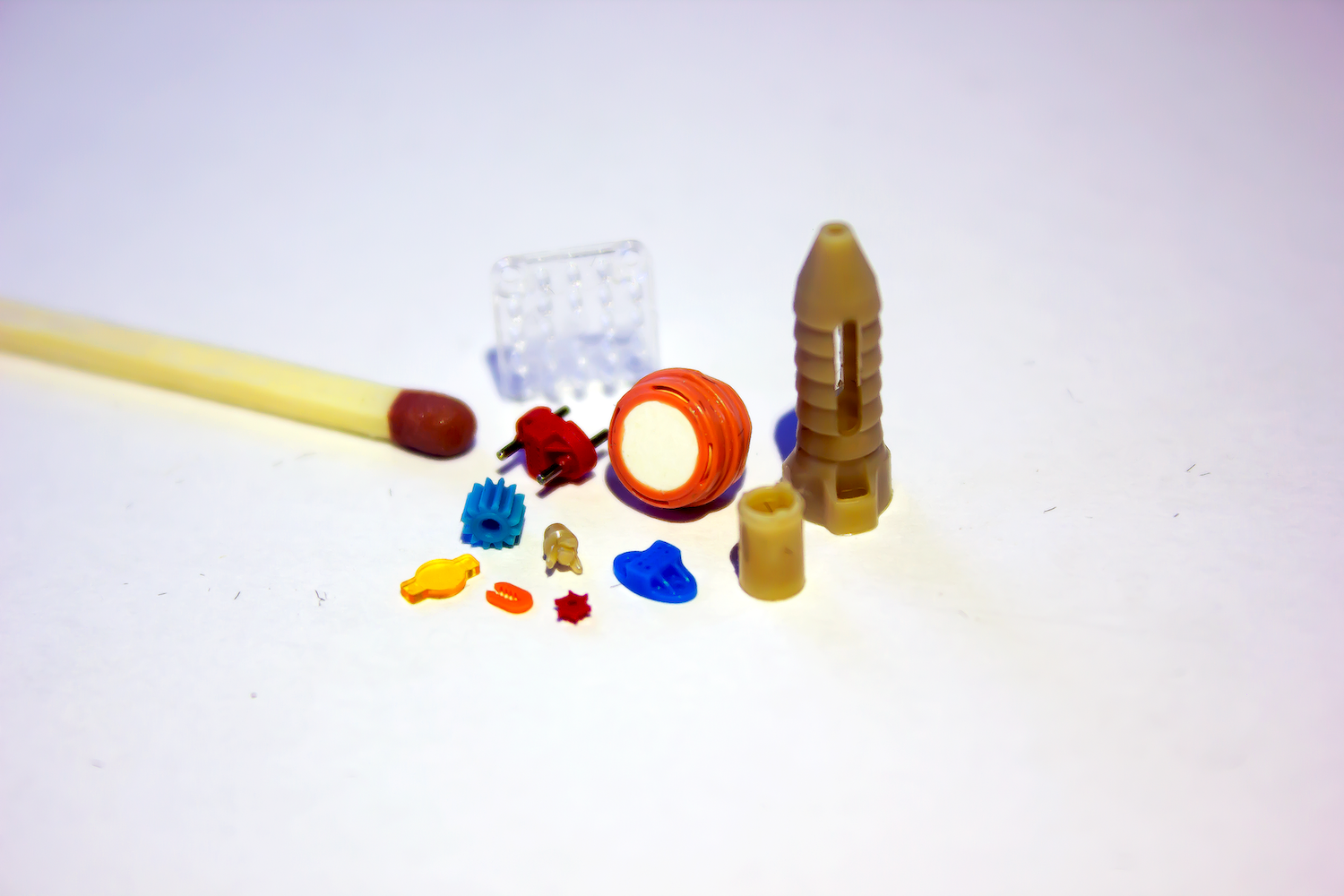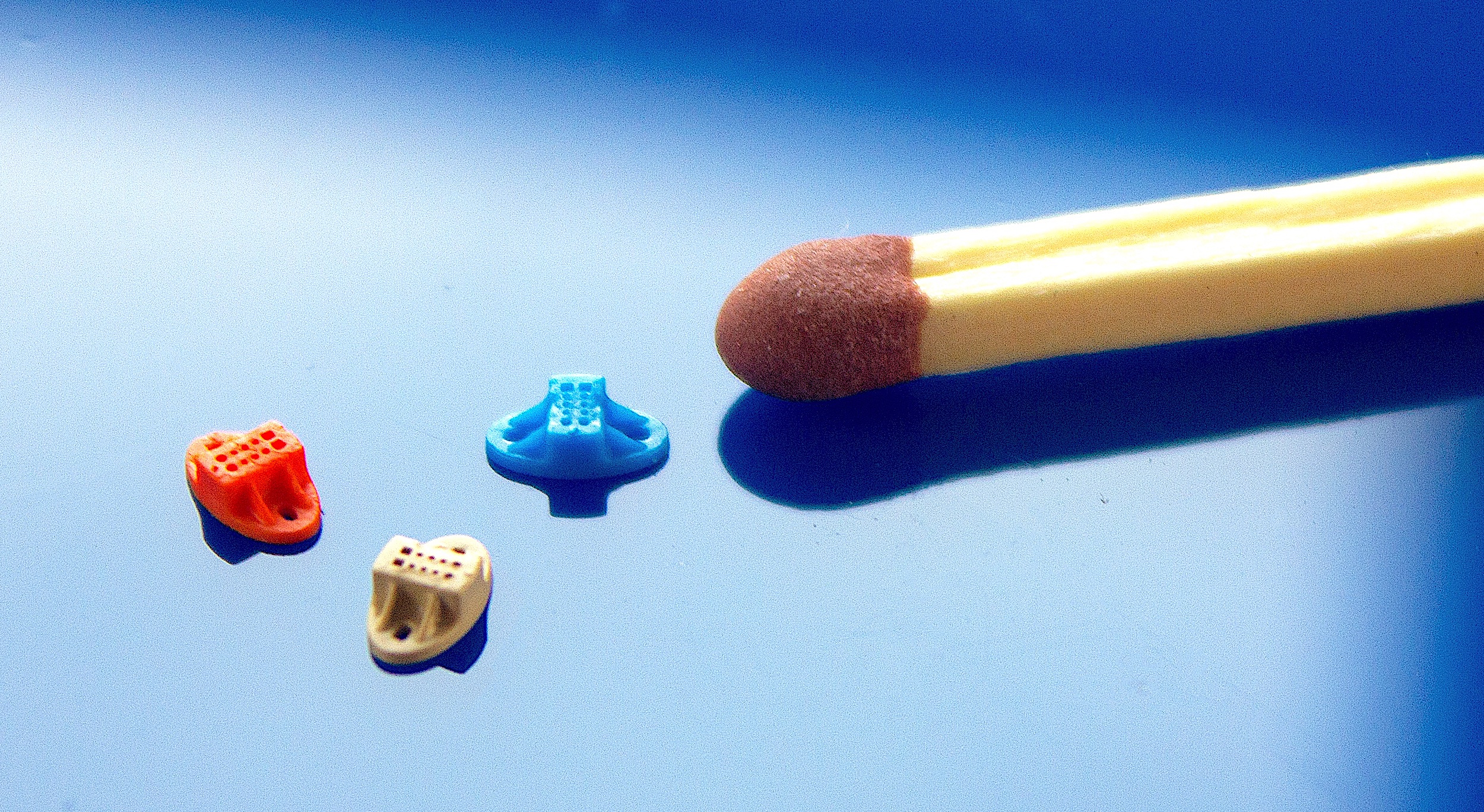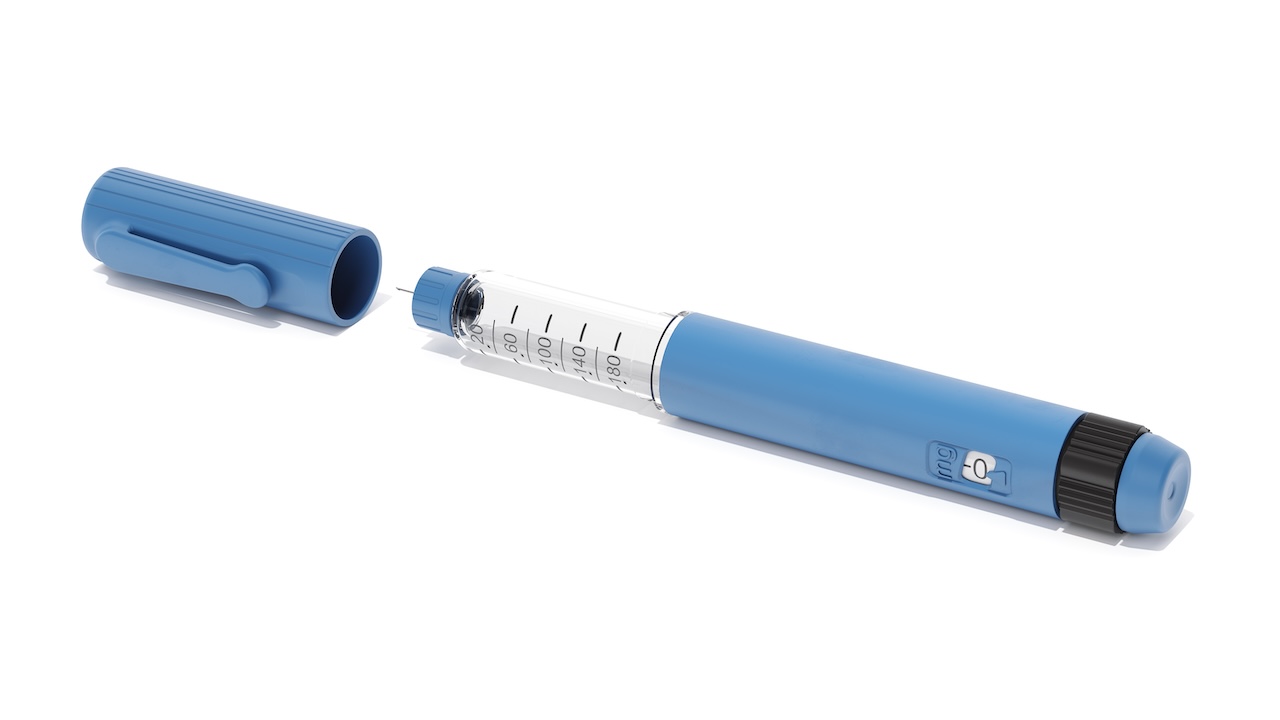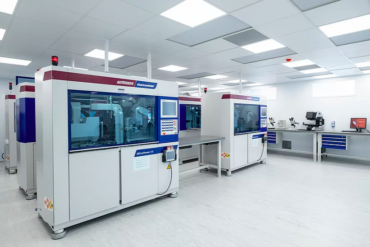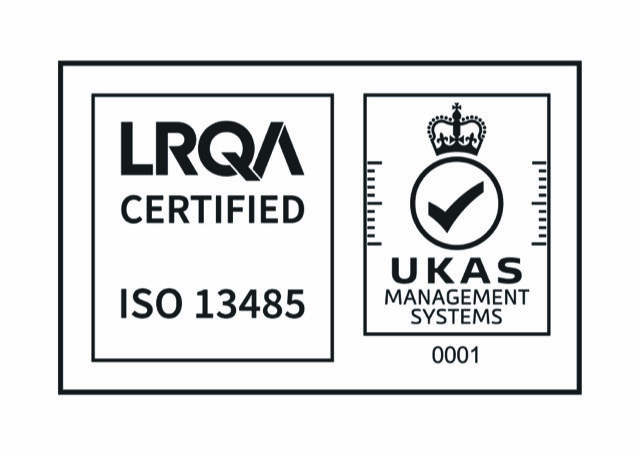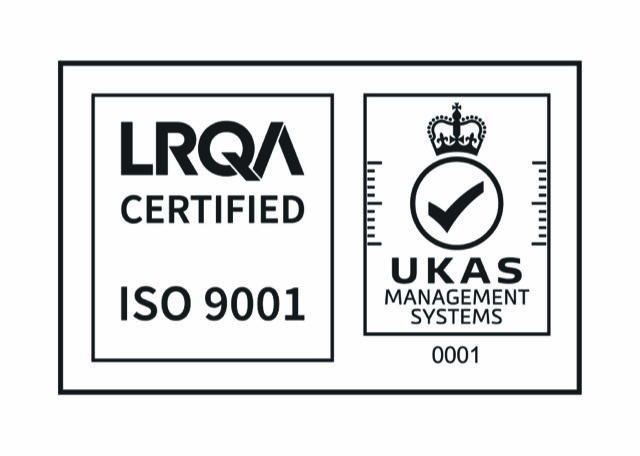Micro mold and Targeted Drug Delivery
What is targeted drug delivery?
Targeted drug delivery is a therapeutic strategy that directs medication to specific cells or tissues in the body while minimizing exposure to healthy areas to enhance drug effectiveness and reduce side effects.
Unlike traditional drug delivery, which distributes drugs throughout the entire body, targeted delivery focuses on delivering the drug precisely where it’s needed, such as tumors or infected tissues. Common methods include using “nanoparticles”, which can carry drugs to the target site, and “antibody-drug conjugates (ADCs)”, where a drug is attached to an antibody that binds to specific cells, like cancer cells. “Liposomes” and “ligand-targeted delivery” systems are also used, allowing drugs to be encapsulated in lipids or guided by molecules that target specific receptors.
By concentrating the therapeutic effect on the desired area, targeted drug delivery improves treatment outcomes, reduces toxicity, and enhances patient quality of life, particularly in cancer and other chronic conditions.

Micro mold plays a major role in the targeted drug delivery (Photo: Micro Systems)
Micro mold and targeted drug delivery
Micro molds play a crucial role in targeted drug delivery, particularly in the development of micro- and nano-sized drug carriers and devices. These molds are used to create microstructured materials or systems that can control the release and targeting of drugs in the body.
In targeted drug delivery, micro molds are often employed to fabricate devices such as:
- Microspheres: These are tiny, spherical particles that can encapsulate drugs. The micro molds help create uniform, controlled sizes and shapes, which are critical for ensuring the precise release of the drug at the target site.
- Microcapsules: These are small particles with a drug inside a protective shell. The micro molds allow for the fabrication of microcapsules that can be designed to release their contents in response to specific stimuli (e.g., pH, temperature, or enzymes) at the target location.
- Microneedles: Micro molds are used to create microneedles for transdermal drug delivery. These tiny needles can penetrate the skin without causing pain, allowing drugs to be delivered directly into the bloodstream or targeted tissues.
- Microchips and Microdevices: These are miniaturized devices that use micro molds to incorporate drug reservoirs, enabling controlled, localised drug release over time.
Micro molded medical items open doors to new opportunities in targeted drug delivery (Photo: Micro Systems)
Micro mold and microneedle in targeted drug delivery
Microneedles are tiny, sharp structures used in targeted drug delivery, offering a minimally invasive method to deliver medications directly to specific areas of the body. They painlessly penetrate the skin’s outer layer (epidermis) without reaching nerve endings, allowing drugs to be delivered into the dermis or bloodstream. Microneedles can be made from materials like polymers, silicon, or metals and can be coated with or embedded with drugs. They enable precise, localised drug release, improving the efficacy of treatments while reducing systemic side effects. This technology is particularly useful for vaccines, biologics, and cancer therapies.
The most popular approach for creating microneedles is molding methods (Packianather et al.), in which the molds are made in a cleanroom using intricate microfabrication techniques. The creation of dissolving microneedles from biocompatible and biodegradable materials has made extensive use of micro molding, an advanced injection molding technology that has the capability to manufacture parts of micro level features, on a large scale. Micro molding is widely used for advanced medical devices, thanks to its great repeatability, accuracy, adaptability, potential cost-effectiveness, and mold reusability. However, the challenges in regulating the drug load capacity, mechanical behaviour of the polymer, and penetration depth are the constraints of this approach, making it not as popular yet as it should be.
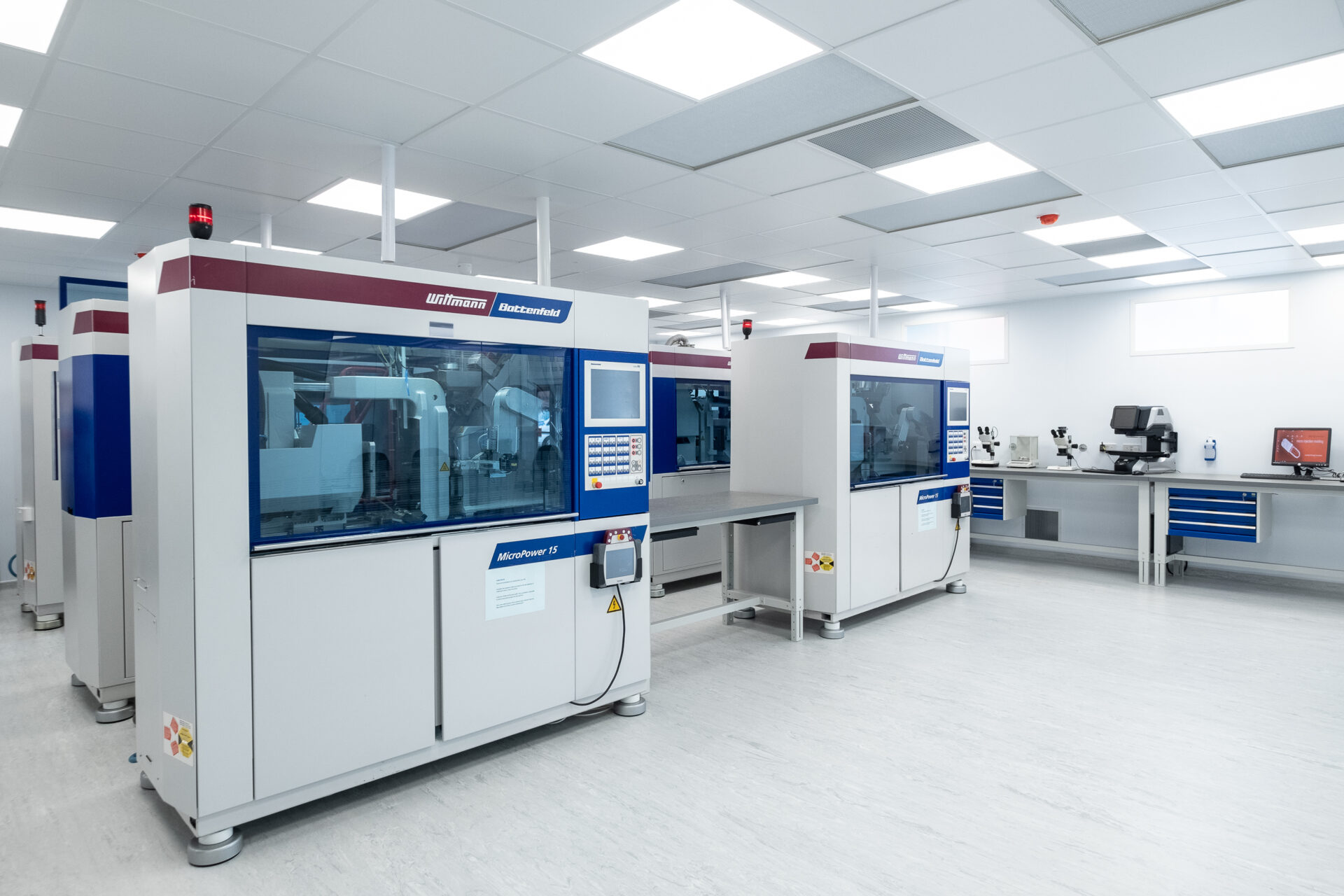
Micro Systems has extensive capability to provide full turn-key solutions for your targeted drug delivery projects
By using micro-molding techniques, researchers can develop drug delivery systems that are more precise and efficient, improving the targeting of drugs to specific areas of the body, like tumors or inflamed tissues, while minimising side effects. Micro Systems has more than 20 years of experience in designing and manufacturing ultra-precision molds, as well as injection molding, for advanced medical devices. Our in-house mold manufacture and molding teams allow us to provide you with comprehensive turn-key manufacturing solutions that will unlock your microneedle manufacturing potential.
Contact us today!
Packianather MS, Le CH, Pham DT et al. Advanced micro and nano manufacturing technologies used in medical domain. InIFMBE Proceedings 2016; 2016: 120–123.

